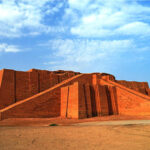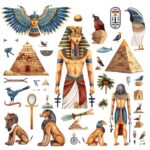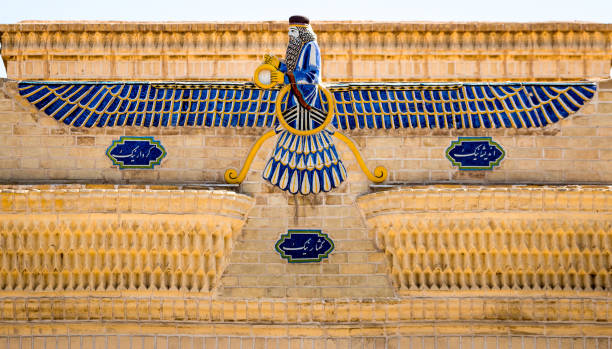Zoroastrianism is considered a branch of the Aryan religion. Mahatma Zoroaster interpreted the relationship between the Vedas and the Avesta in a new way and presented it in Iran. He described concepts in terms of matter and light. placed falsehood on one side and truth on the other. He explained this so deeply that he even divided God into two attributes: Ahura Mazda and Ahura Man.
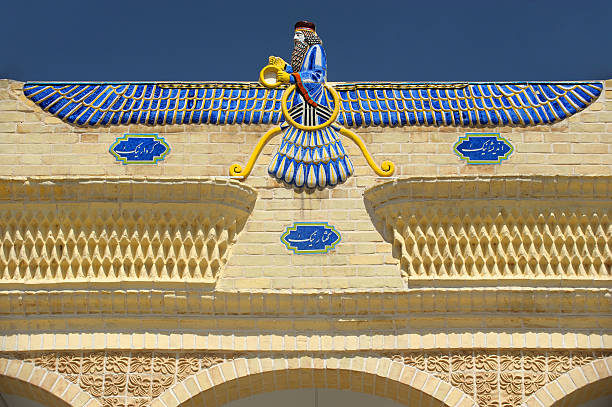
In Zoroastrianism, gods and personalities are divided into two parts. These beings assist the gods.
Ahura – Good Beings
These beings represent light and truth. Ahura Mazda himself is the supreme god. Vohuman is good, has a caring nature, and possesses a virtuous mind. Asha Vishnu represents truth and justice. Khashtra is fearless, a king, and a powerful being. Saptana Armati protects the earth. Horotat symbolizes the power and goodness of water. Amritaat represents eternal life.

Branches or Sects of Zoroastrianism
Three branches emerged within this religion: Mazdak, Mithras, and Manichaeism.
1. Mazdak
Mazdak, son of Bamra, founded this sect in the region of Susani Irani. He was born in the fifth century AD The main principles of this sect are as follows: no individual should own all property; the community should divide it and use it as common property for the entire country. Since all humans worship one God without distinction of caste, everyone must hold one piece of property and use it collectively for good
The members of this sect became so powerful that they entered rich houses in armies, took property, and distributed wealth, wives, and land to the helpless . Unlike the Arabs, Mazdak distributed looted property to people whose income was below of the same region.
Mazdak did not oppose the basic principles of Zoroastrianism and the Zend-Avesta. However, his interpretation conflicted with Zoroastrian law in Iran for centuries.
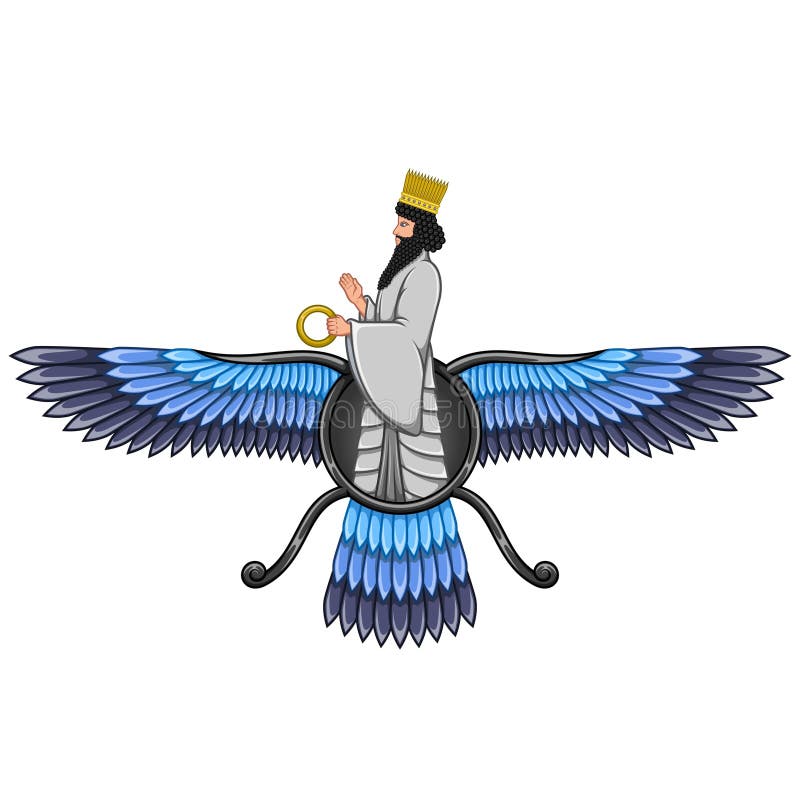
2. Mithras
Mithras derives from the word “Mehr” or “Maara,” meaning sun. According to this sect, Mithra mediates between gods, humans, and God. He monitors agreements and promises among people and is considered the god of justice and honesty.
3. Manichaeism
Manichaeism is largely esoteric and began in the third century. Mani popularized this sect. It explains every religious problem through reason and teaches how light is freed from darkness.
This sect emphasizes cleanliness, good eating, and good thinking rather than rituals and prayers. Main workers avoid fish and meat. Followers of the second degree have no dietary restrictions. Main workers do not eat fruits or vegetables. They survive on leaves, eat once a day, and wear no more than one dress per year. They avoid idolatry, do not marry, and fast every Monday.
The sect divides its followers into three classes: the chosen, the common followers, and sinners.
Basic Principles of Zoroastrianism
- Belief in One God – Ahura Mazda, the supreme god, created the entire universe and embodies truth and goodness.
- War Between Good and Evil – Two forces exist: Spenta Meno (goodness and light) and Angra Meno (evil and falsehood).
- Three Principles of Goodness – Good thought, good speech, and good action.
- Belief in Reward and Punishment – All actions are judged, with corresponding reward or punishment.
- Purity of Natural Elements – Fire, air, and water remain pure. Fire symbolizes truth and light.
- Living a Moral Life – Hope, justice, fairness, and keeping promises are fundamental duties.
Similarities with Other Religions
Zoroastrianism originated in Iran. To the west, it interacted with Mesopotamian religion and Christianity. To the east, it interacted with Hinduism, Jainism, and Buddhism of Sindh and India. Positioned between these civilizations, it both influenced and absorbed influences.
As a new development from the Aryan religion and the Vedas, it shows traces of their influence. Monotheism is found across the subcontinent, Central Asia, and even in Egyptian civilization. The narrative of the battle between good and evil resembles Christianity. Prohibitions on eating meat and fish relate to Hinduism and Jainism.
Main Texts of Zoroastrianism
The primary texts include the Avesta, Yasna, Paspard, Vendidadam, Yasht, Khurda Avesta, Gathas, Zinda Paazand, Pahlavi Kitab, Dinkard, Bandashan, and Ardaviraf Nama.
Today, followers of Zoroastrianism live primarily in Iran, Sindh, and India.
Writer: GM Leghari

